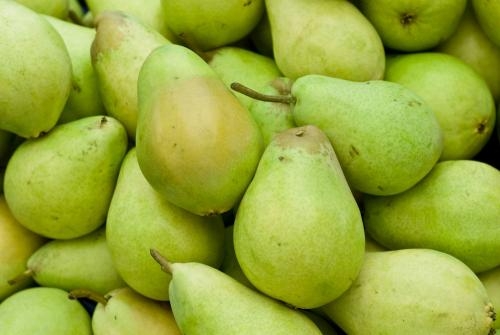General Information
Important fruit crop of temperate region. It belongs to the family Rosaceae. It can grow at 1,700-2,400 m above mean sea-level. Pear fruit is rich source of protein and vitamins. Due to its wider adaptability of climate and soil pear can be grown in subtropical to temperate regions in India. Pear is cultivated in Himachal Pradesh, Jammu and Kashmir and U.P and low chilling varieties do well in subtropical regions.











